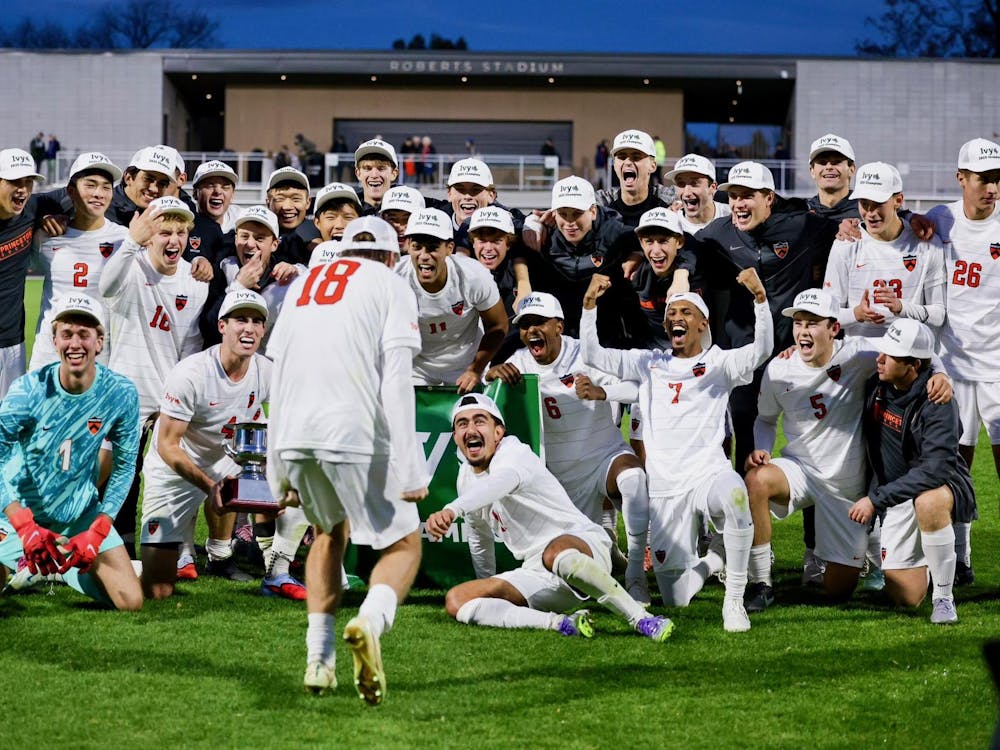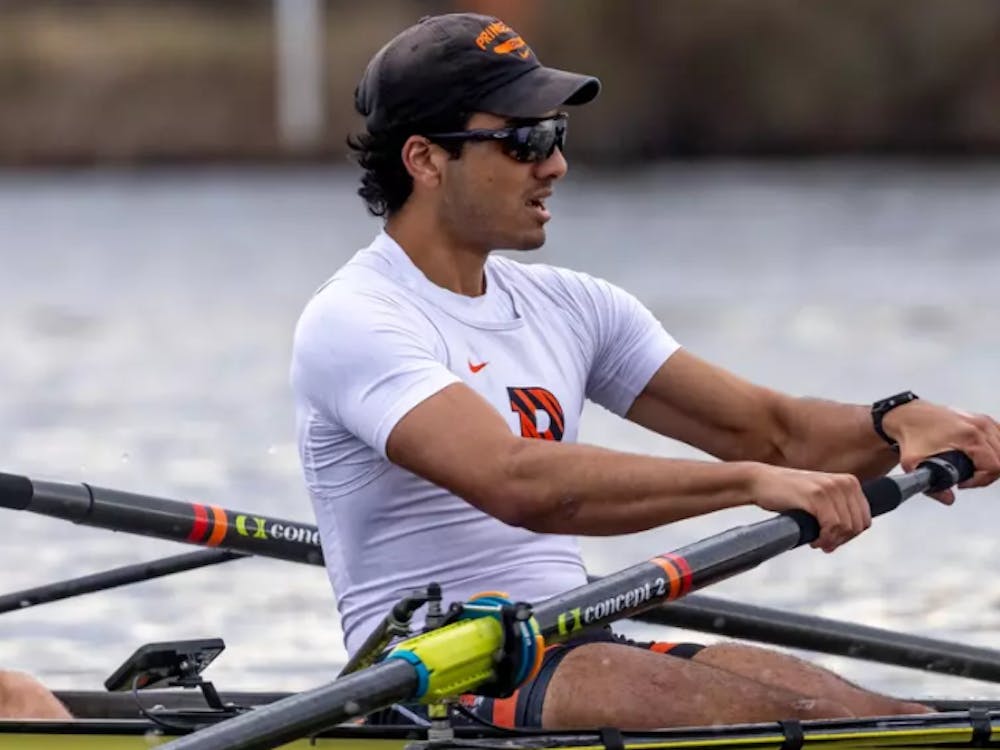Princeton’s scoring foursome, led by junior Max Schechter, shot a combined score of 587 to place 11th out of 17 teams. Though the Tigers’ collective results were not ideal, Schechter’s rounds of 71 and 72 left him at plus one for the day, good enough to finish tied for 16th in a field of more than 100 players.
“My performance makes me happy that we chose to stick it out and play,” Schechter said.
Sophomore Juan Pablo Candela turned in the second-lowest score for Princeton, a seven-over 149 that barely edged out junior teammate Drew Maliniak. Maliniak, who is also a staff writer for The Daily Princetonian, finished one stroke behind Candela. Candela and Maliniak tied for 50th and 58th respectively. After a great round of 71, sophomore Greg Stamas shot a nine-over 80 on the second 18 holes, rounding out the team’s scoring foursome and placing 67th overall.
The cancellation of the practice round and the wet conditions forced each golfer to rely on his concentration and mental toughness in the face of bad breaks.
“The situation benefits those with a good attitude because it is so easy to complain and lose focus,” Schechter said. “It also forces you to prepare through mental visualization. I try to hit every tee shot in my mind the night before so that when I get to the course, I know what club I’m going to select, where I’m going to aim and hopefully the shot I’m going to hit.”
To combat the muddy fairways, tournament coordinators were even forced to institute a rule allowing all golfers to lift their ball, wipe it off and place it within one club length of its original spot on each shot. These types of conditions changed the way players approached each hole and gave an advantage to those who play deep off the tee.
“The saturated course meant that balls would land softly and hardly roll, so players could play ‘target golf’ without the threat of a bad bounce or roll,” head coach Will Green said of the Tigers’ strategic considerations. “Conditions like this certainly benefit longer players and players accustomed to hitting the ball high.”
Schechter’s ability to adapt to the conditions and finish well was a good sign for his hopes of individual and team success. Green expected nothing less of one of his premier golfers.
“I was very proud of the way Max played Saturday,” Green said. “He consistently made good decisions and never put himself into bad positions. Of course, it came as no surprise to any of us, as Max has been playing very well for quite a while.”
In a field that included five top-100 teams, including tournament winner Illinois, Princeton’s team finish was perhaps not as important as the chance to play in a competitive setting for the first time since the fall.
“While on the surface, a tie for 11th in a field of 17 may not seem exceptional, I was very pleased with our performance,” Green said. “To play an unfamiliar course under such conditions — in our first tournament round since late October — suggests that we are on the right track, and our best is still ahead of us.”
The Tigers will look to continue their solid play, starting this weekend in the Princeton Invitational held at the Springdale Golf Club. The team will use this tournament to prepare for the Ivy League Championships, held two weekends from now at the Galloway National Golf Club in Galloway, N.J.

“The team is really looking forward to the weekend,” Schechter said. “We are playing at a high level, and a good finish at our invite will serve as a springboard heading into Ivies.”
Green seconded the sentiments of his top finisher.
“I think we are all optimistic about our chances this weekend,” Green said. “Confidence plays such an enormous role in golf, and the confidence we are showing right now is a very good sign. I think all of our players have the ability to post low numbers and lead us to a successful spring.”
Coming from a man who has led the Tigers to six Ivy titles in his seven seasons as head coach, this forecast could mean trouble for the aspirations of Princeton’s opponents.







